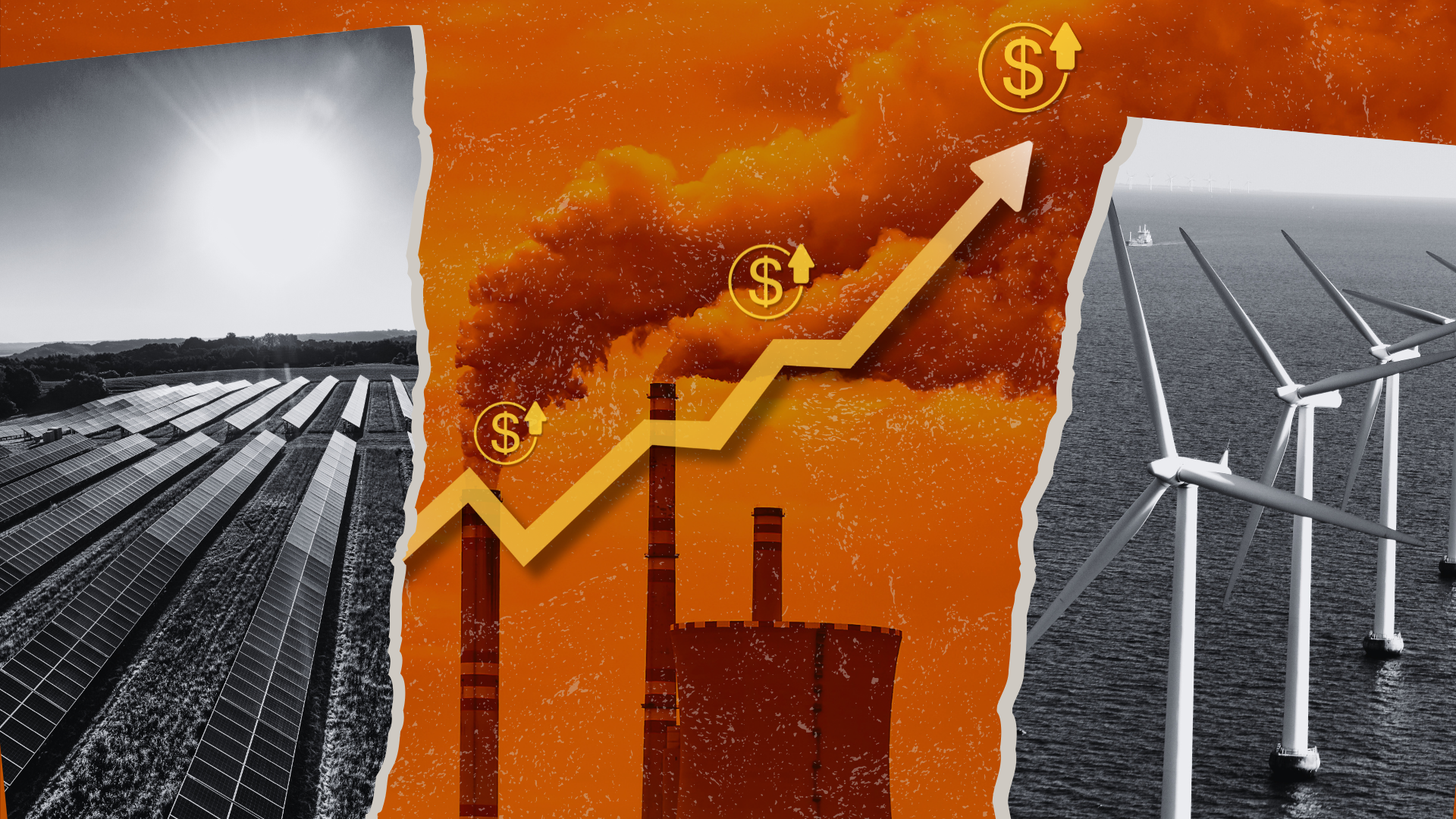Fossil Fuels and Biofuels
This is Part 3 of a three-part series on Vehicle Fuels and Technology.
1. Plug-in Cars: The Lowdown
2. Hydrogen Fuel Cell Vehicles
3. Fossil Fuels and Biofuels
The author of today’s post, Sheryl Canter, is an Online Writer and Editorial Manager at Environmental Defense.
This last post in our series on Vehicle Fuels and Technology gives an overview of fossil fuels and their alternatives. You will see how crude oil pumped from the ground is transformed into everything from solvents to street tar. And you’ll learn which biofuels can be substituted for fossil fuels.
Petroleum, coal, and natural gas are the three main fossil fuels – that is, the fossilized remains of dead plants and animals created before dinosaurs walked the Earth, up to 300 million years ago. Chemically, all fossil fuels are "hydrocarbons", meaning their molecules contain hydrogen and carbon atoms. Different types of fossil fuels have different numbers of carbon atoms, and the atoms are linked together in different ways.
The vast majority of vehicles on the road today use combustion engines powered by petroleum fuels, though all three types of fossil fuels can power cars. Coal can be converted to liquid fuel (a bad idea), petroleum produces both gasoline and diesel fuel, and compressed natural gas (CNG) also can power cars.
Petroleum, or "crude oil", is the black liquid pumped out of the ground. It’s composed of simple hydrocarbons called "alkanes" that, for every n carbon atoms, have 2n+2 hydrogen atoms. For example, methane has one carbon atom, and four (2*1 + 2) hydrogen atoms.
At one carbon atom, methane is the alkane with the shortest chain of atoms. The shorter the chain, the lighter the molecule, so alkanes with four or fewer carbon atoms are gaseous. Methane is lighter than air. Alkanes with 5-19 carbon atoms are liquid at room temperature; those with 20 or more carbon atoms are solid.
Alkanes of different weights have different uses. Solvents and dry-cleaning fluids are made from alkanes with 5 to 7 carbon atoms. Gasoline is a blend of alkanes with 5 to 10 carbon atoms. Next, as the molecules get heavier, is kerosene (9-16 carbon atoms), then diesel fuel, jet fuel, home heating oil, and lubricating oil. The lightest of the solid chains (20 carbon atoms and higher) is used to make paraffin wax. Then you get tar, and finally asphaltic bitumen, which is used in asphalt roads.

As you can see from the chart above, diesel fuel is heavier than gasoline – more like an oil than a solvent. It has a higher energy density than gasoline, and thus consumes less fuel (gets more miles per gallon).
Besides having different weights, different alkane molecules have different boiling points. Oil refineries use this characteristic to separate them out.
Gasoline, diesel, and natural gas have biological fuel ("biofuel") alternatives. Biofuels are fuels created from living or recently dead biological material, or "biomass". The chart below gives a simplified mapping of fossil fuels to their biofuel alternatives. It doesn’t include fuels from conversion processes such as gasification and synthesis (similar to how synfuel is made from coal, but using biomass instead of fossil input).

The biofuels with the potential to replace gasoline are alcohols – particularly methanol, ethanol, propanol, and butanol. Notice these sound like the first four Alkanes with the suffix -ol. Alcohols are a derivative of Alkanes, with one of the hydrogen atoms replace by a "hydroxyl group" – an oxygen and hydrogen compound.
Diesel fuel can be replaced with vegetable oil, and in fact peanut oil was the original fuel for diesel engines. You may have read about the college students from Vermont who drove across country in a bus fueled by used vegetable oil from restaurants.
The biomass alternative to CNG – biogas – is produced by fermenting manure, sewage sludge, municipal waste, and other organic matter. You won’t see a lot of biogas pumps in this country, but they’re building them in Sweden.
Regardless of the fuel your vehicle runs on, the fuel efficiency of the vehicle itself is extremely important. If you’re in the market for a new car, this is something you can take action on immediately. Buy the car with the best fuel efficiency that meets your needs.












2 Comments
A very good article; you should add to buy the car that gets the best miles per gallon in the city. Most driving is done going back and forth to work and is mostly city driving 35 miles an hour or under. A prius gets 40mpg in the city;of course you know that.
John Anderson
I’m glad you liked the article. The blizzard of fuel alternatives can be very confusing, so I wanted to show how the different options were related. It’s easier to follow discussions about alternative fuels when you have the overview.
You’re right about the tremendous amount of fuel wasted when people are stuck in traffic. That’s why congestion pricing in big cities is so important to health and the climate. In the meantime, I agree – pay attention to mph for city driving. Or better yet, don’t drive in the city!! I live in New York and I either walk or ride my bike to work.